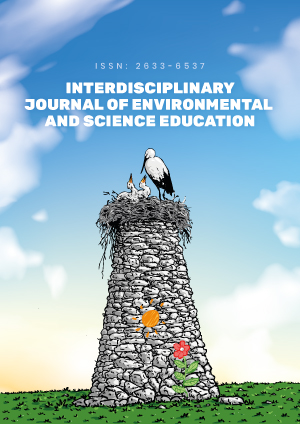Abstract
The success of science education is in promoting conceptualisation, both disciplinary and interdisciplinary, in meeting desired learning goals. This research seeks to identify the quality of, upper secondary school students’ dimensions of knowledge and conceptualisation, related to a set of science-related disciplinary and interdisciplinary core ideas. Using validated guidelines, data collected from grade 10 (N=254) students, and an abductive thematic analysis approach are used to subsequently analyse student-created mind maps. Results show that most students are able to create mind maps, although these tend to be very general and indicate few interconnections between the different dimensions of knowledge presented. The results further suggest that, in general, it is difficult for students to conceptualise the interrelationships between science-related disciplinary and interdisciplinary core ideas and even show that some students hold misconceptions. The use of mind maps is seen as a meaningful approach to identifying learners’ ability to relate dimensions of knowledge applied to disciplinary and interdisciplinary core ideas in science education. The research identifies a need to investigate learning approaches in secondary school studies so as to promote more emphatically interconnections between disciplinary and interdisciplinary core ideas.
License
This is an open access article distributed under the Creative Commons Attribution License which permits unrestricted use, distribution, and reproduction in any medium, provided the original work is properly cited.
Article Type: Research Article
INTERDISCIP J ENV SCI ED, Volume 17, Issue 1, 2021, Article No: e2227
https://doi.org/10.29333/ijese/9153
Publication date: 10 Nov 2020
Article Views: 3901
Article Downloads: 2592
Open Access References How to cite this article
 Full Text (PDF)
Full Text (PDF)